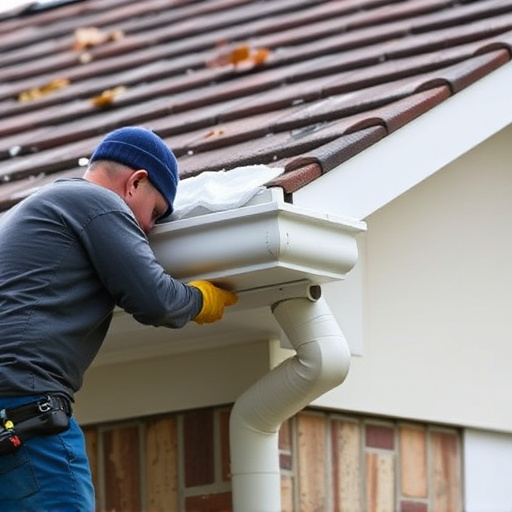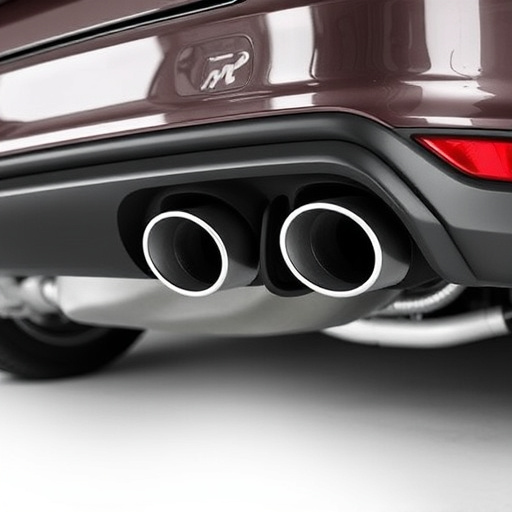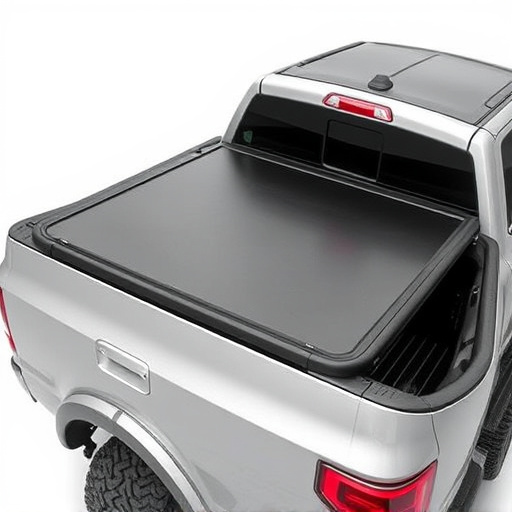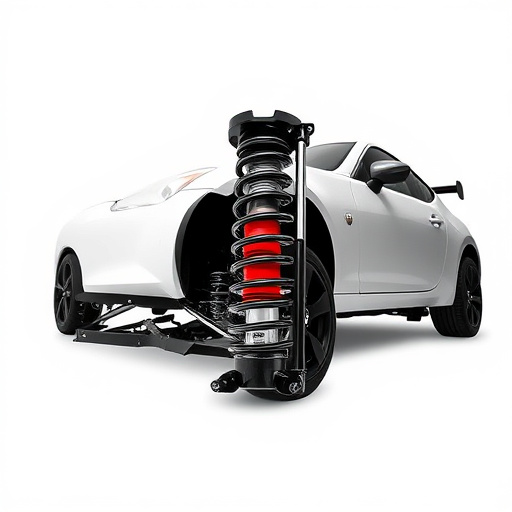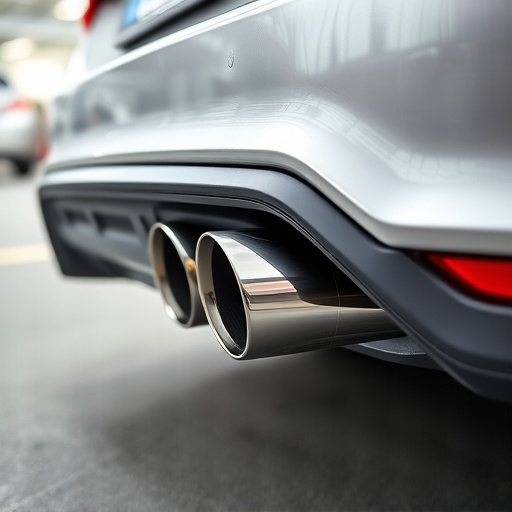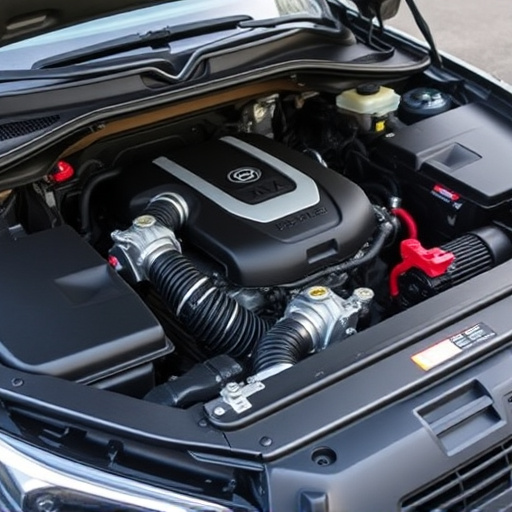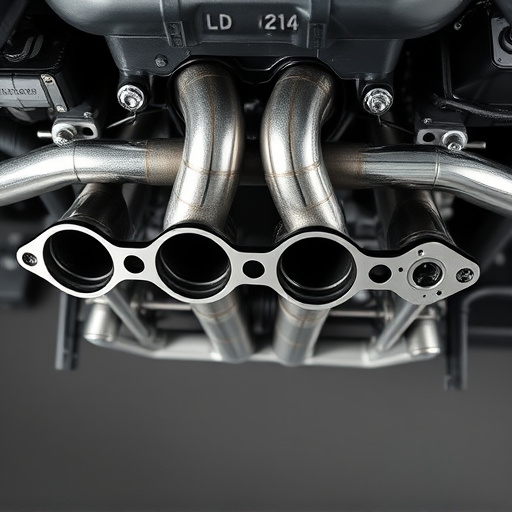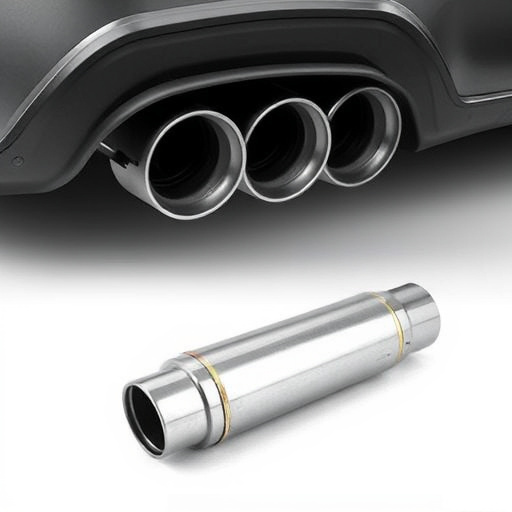Dry air filters are crucial for modern vehicles, trapping particles and preventing moisture buildup to enhance engine performance and fuel efficiency. Sensor technology integration optimizes airflow, regulates intake air, improves performance, and enables predictive maintenance. Choosing high-performance, compatible dry air filters tailored to specific vehicle needs ensures reliable operation in demanding conditions, trapping contaminants like dust and pollen.
Dry air filters are evolving, integrating with modern sensor technology to create smart indoor environments. Understanding their role beyond basic purification, these advanced filters offer enhanced efficiency and health benefits. This article delves into the synergy between dry air filters and sensors, exploring how this partnership optimizes air quality through real-time data and automated adjustments. We’ll guide you in choosing the ideal filter for your modern system, ensuring a healthier, more comfortable living space.
- Understanding Dry Air Filters: Their Role and Benefits
- Integrating Sensor Technology: A Perfect Match
- Choosing the Right Dry Air Filter for Modern Systems
Understanding Dry Air Filters: Their Role and Benefits
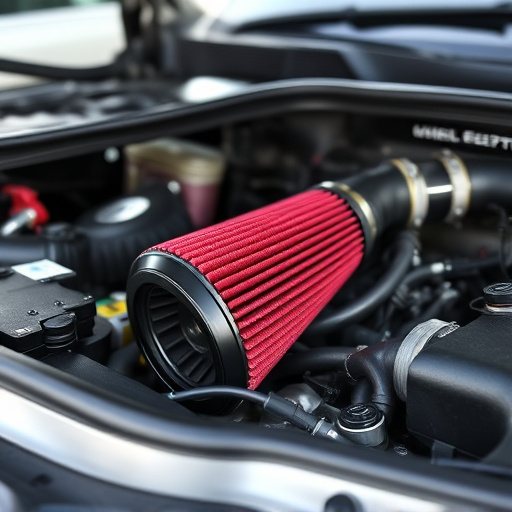
Dry air filters play a crucial role in maintaining optimal airflow and engine performance, especially in modern vehicles equipped with advanced sensor technology. Unlike traditional filters that primarily trap dirt and debris, dry air filters are designed to capture finer particles while allowing clean, dry air to reach sensitive components like sensors, mass airflow (MAF) sensors, and even fuel injectors. This is particularly important as these sensors are vital for engine management systems, ensuring efficient combustion and optimal vehicle performance.
The benefits of using dry air filters extend beyond improved sensor functionality. By keeping the intake air dry, these filters prevent moisture buildup which can lead to engine knocking, reduced power output, and even damage to high-performance parts. Moreover, dry air filters contribute to better fuel economy by facilitating a more efficient combustion process. In vehicles with cold air intakes or complex exhaust systems, a well-maintained dry air filter is an essential component for maximizing the potential of high-performance parts and ensuring reliable engine operation.
Integrating Sensor Technology: A Perfect Match
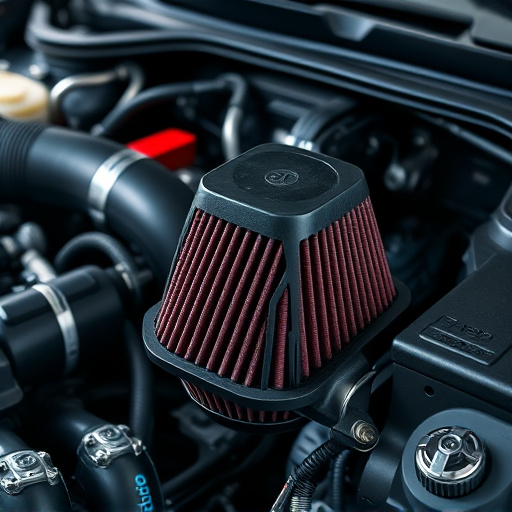
Integrating Sensor Technology: A Perfect Match
In today’s digital era, sensor technology has revolutionized various aspects of our lives, from smart homes to advanced automotive systems. When it comes to enhancing vehicle performance and efficiency, cold air intakes equipped with sensors offer a significant advantage. These innovative components work in harmony with modern exhaust systems and exhaust tips, ensuring optimal air flow and temperature control. By precisely measuring and regulating intake air, sensors enable engines to operate at peak efficiency, contributing to improved fuel economy and reduced emissions.
This seamless integration of sensor technology with dry air filters is a game-changer for automotive enthusiasts and professionals alike. It allows for precise tuning of vehicle systems, resulting in enhanced engine performance and a more enjoyable driving experience. Moreover, the data provided by these sensors can be leveraged for predictive maintenance, ensuring that exhaust systems and intake components remain in top condition, thereby promoting longevity and reliability.
Choosing the Right Dry Air Filter for Modern Systems
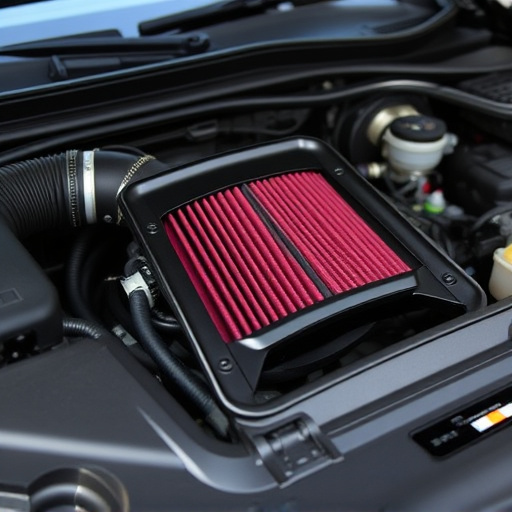
When selecting a dry air filter for modern sensor-equipped systems, it’s crucial to find a balance between efficiency and compatibility. Modern vehicles rely on precise sensor readings for everything from engine performance to passenger comfort, making proper filtration more critical than ever. Look for high-performance parts designed specifically for your vehicle’s make and model to ensure optimal airflow without compromising sensor functionality.
Consider the specific requirements of your system, such as the type of suspension kits and brake rotors in use. A top-quality dry air filter will be constructed from durable materials that can withstand the demanding conditions under which these components operate while effectively trapping contaminants like dust, pollen, and other airborne debris.
Dry air filters, compatible with modern sensor technology, offer a revolutionary approach to indoor air quality. By understanding their role and benefits, integrating them seamlessly into smart home systems, and choosing the right model for specific needs, homeowners can enjoy cleaner, healthier air. This advanced combination ensures optimal comfort and peace of mind in today’s digital era.


